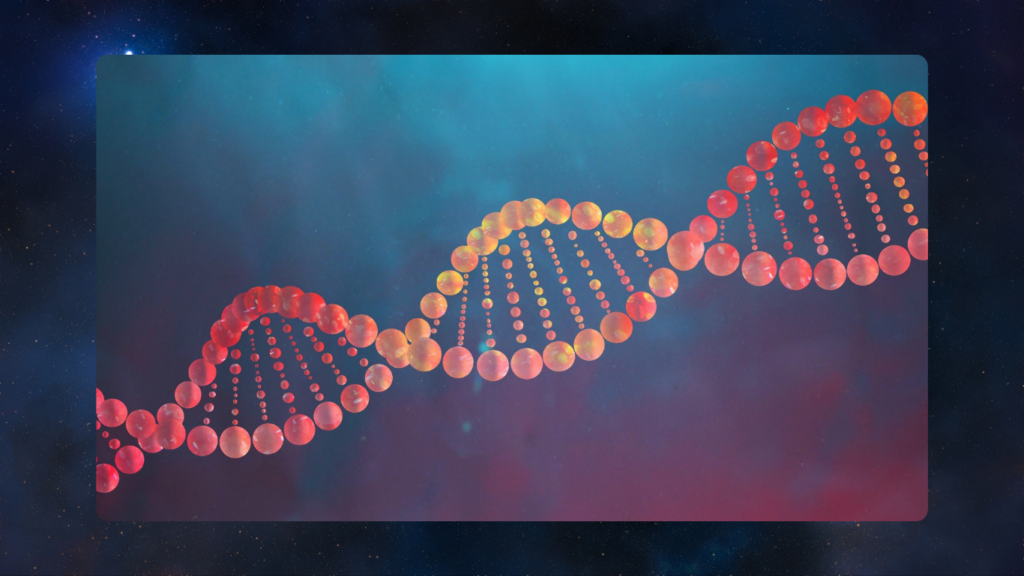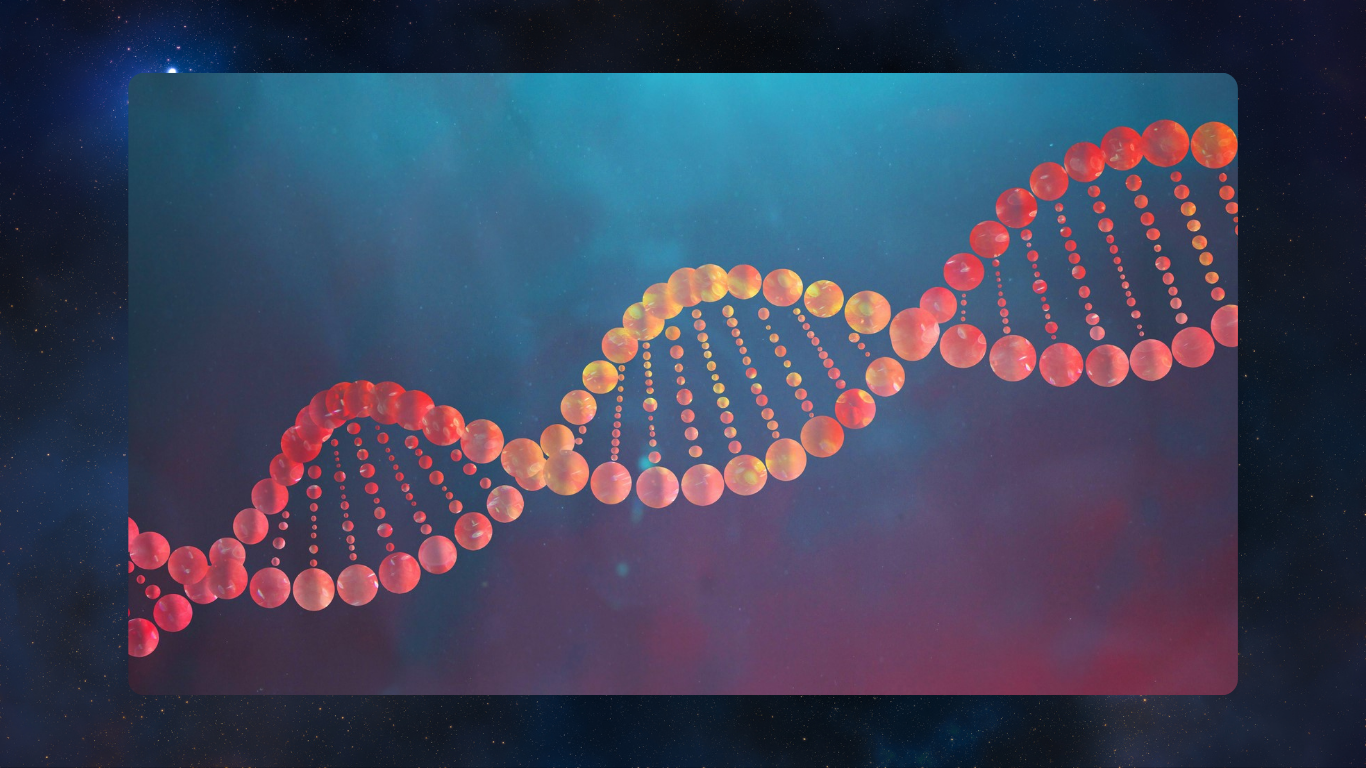There’s a brand-new technique for writing data to DNA that’s transforming the scene. It’s as straightforward as using a printing press, and it’s designed so anyone could get the hang of it. Imagine replacing traditional digital storage systems, which, despite their efficiency, don’t quite match the natural storage solution used by nature: DNA.

Traditionally, encoding data into DNA is a painstaking process, akin to threading beads one by one onto a string. This method can be incredibly slow, particularly because a DNA sequence might include billions of these beads, or nucleotides.
This latest innovation speeds things up significantly. The researchers have developed what they call DNA “bricks,” 700 in total, each containing 24 nucleotides. These bricks are akin to the movable type used in traditional printing, allowing for quick arrangement and synthesis of data onto DNA strands.
Rather than painstakingly encoding data bit by bit, this technology jumps to encoding 350 bits simultaneously in each reaction. And it uses a binary system—marking some DNA bricks with chemical tags for binary ones, while unmarked bricks represent zeros. This shift from the typical A, C, G, T DNA sequence to simple binary is a game changer.
The team demonstrated the power of their technique by encoding high-bit images, like an ancient Chinese tiger rubbing and a detailed panda picture, ensuring full data recovery with standard DNA sequencing methods after some fine-tuning.
To prove the simplicity and accessibility of this technology, an experiment involved 60 volunteers who used a straightforward software named iDNAdrive to encode text messages. Approximately 5,000 bits were encoded, and they successfully recovered 98.58% of their data accurately.
One of the biggest advantages of DNA as a storage medium is its density and longevity. More than 10 billion gigabytes can be stored in just a cubic centimeter of DNA, and under the right conditions, this data can remain intact for millennia.
Historically, while reading data from DNA has been relatively fast, the bottleneck has been in the writing process. This new method, however, takes inspiration from the past—the invention of movable type, which revolutionized book production by allowing for fast arrangement and printing of text.
In this DNA version, the bricks act as the type, and the blank DNA strands as the paper. When a particular sequence is needed, the corresponding bricks align themselves along the DNA template in a solution. They bind to the template at specific sites.
Then, an enzyme acts as the ink, transferring all the chemical tags from the bricks onto the DNA template. Later, these tags are read as binary data by a nanopore sequencing device, reconstructing the original digital files.
This self-assembling process means that multiple sequences are written at once, accelerating the whole process and potentially paving the way for DNA to become a practical data storage medium, not just for scientists but for everyone.

Subtly charming pop culture geek. Amateur analyst. Freelance tv buff. Coffee lover
